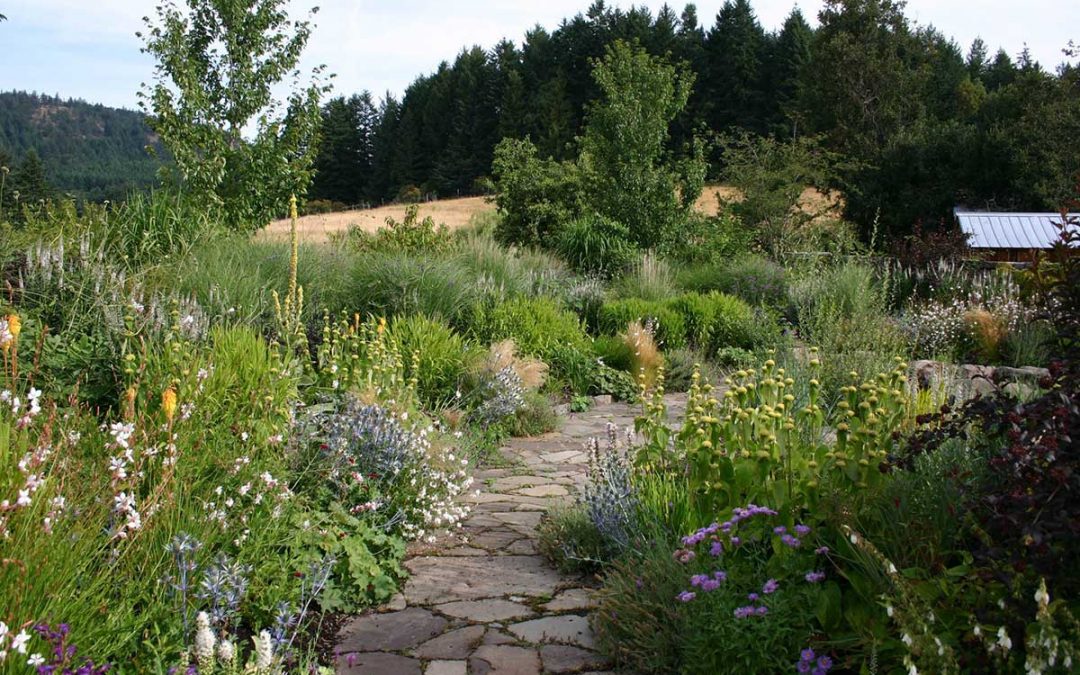We are often asked what the difference is between permaculture design and landscape architecture. Here’s a brief explanation.
Landscape architecture is a design field that focuses on the creation and improvement of outdoor spaces, including parks, gardens, public spaces, and private properties. The aim is to make these spaces functional, aesthetically pleasing, and in harmony with the natural environment.
Permaculture is a holistic design approach that integrates various elements, including food production, housing, energy, and community, in a way that creates sustainable and self-sufficient ecosystems. The goal of permaculture is to create a harmonious relationship between people, the environment, and technology, resulting in a high quality of life for all involved.
One of the main benefits of permaculture is increased food security. By using principles of agroforestry, composting, and crop rotation, permaculture practitioners are able to grow a diverse range of food in a small space, using minimal inputs and reducing waste. This not only provides people with access to fresh, healthy food, but also reduces the strain on global food systems and helps mitigate the effects of climate change.
Permaculture also promotes sustainable energy use. By using renewable energy sources such as solar, wind, and hydro power, permaculture practitioners are able to reduce their carbon footprint and dependence on non-renewable energy sources. This not only helps protect the environment, but also saves people money on energy bills and increases energy independence.
Another important aspect of permaculture is community building. By working together to create sustainable systems, permaculture practitioners are able to foster strong, resilient communities that are better equipped to handle challenges and opportunities. This includes not only food and energy production, but also housing, waste management, and other critical aspects of life.
Finally, permaculture is a way of living that emphasizes personal growth and self-sufficiency. By learning to live in harmony with nature, people are able to develop a deeper connection to the environment and a greater understanding of their place in the world. This leads to increased confidence, creativity, and purpose, all of which contribute to a higher quality of life.
In conclusion, permaculture is a powerful approach to improving the quality of life for people around the world. By promoting sustainable food production, energy use, community building, and personal growth, permaculture provides a roadmap for creating a more harmonious and fulfilling way of life for all.

